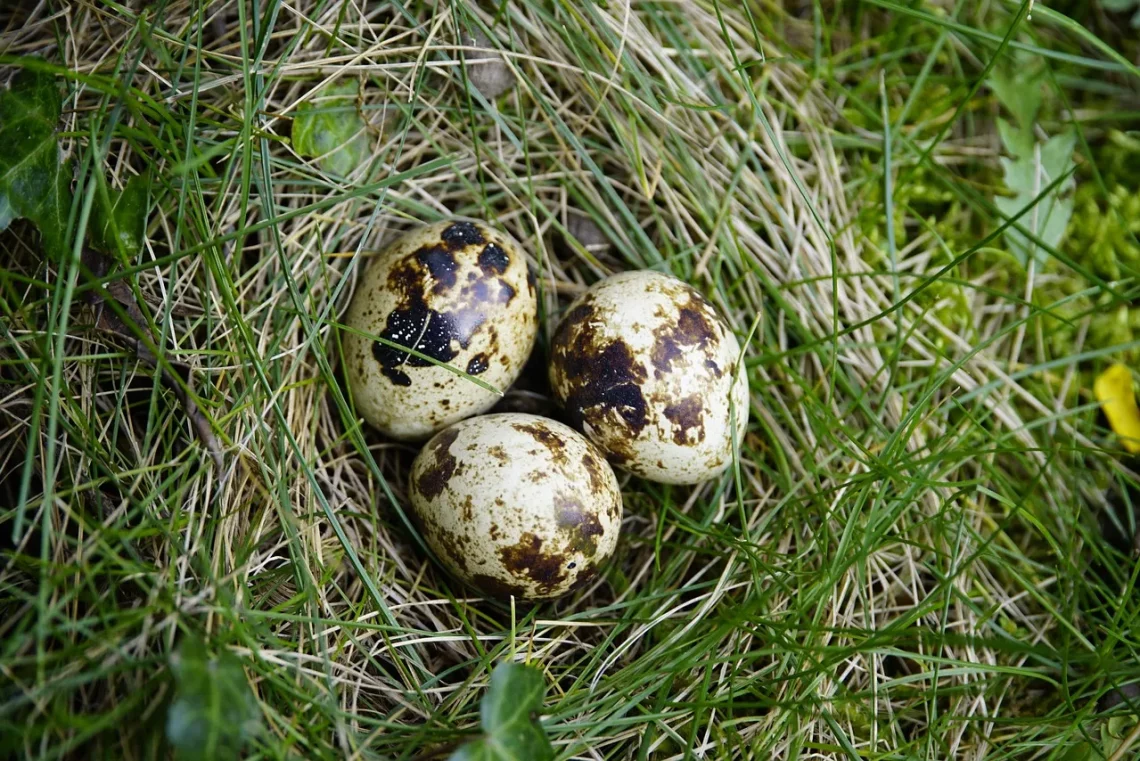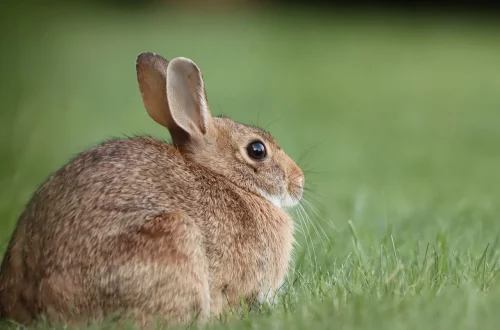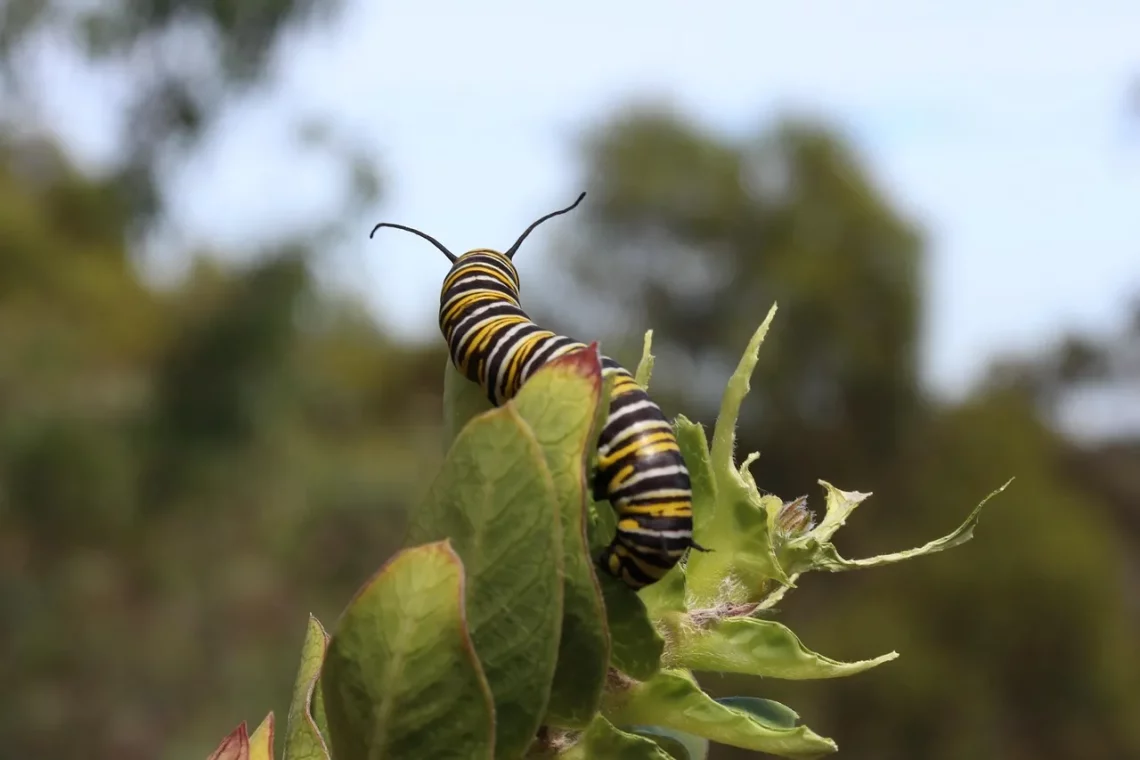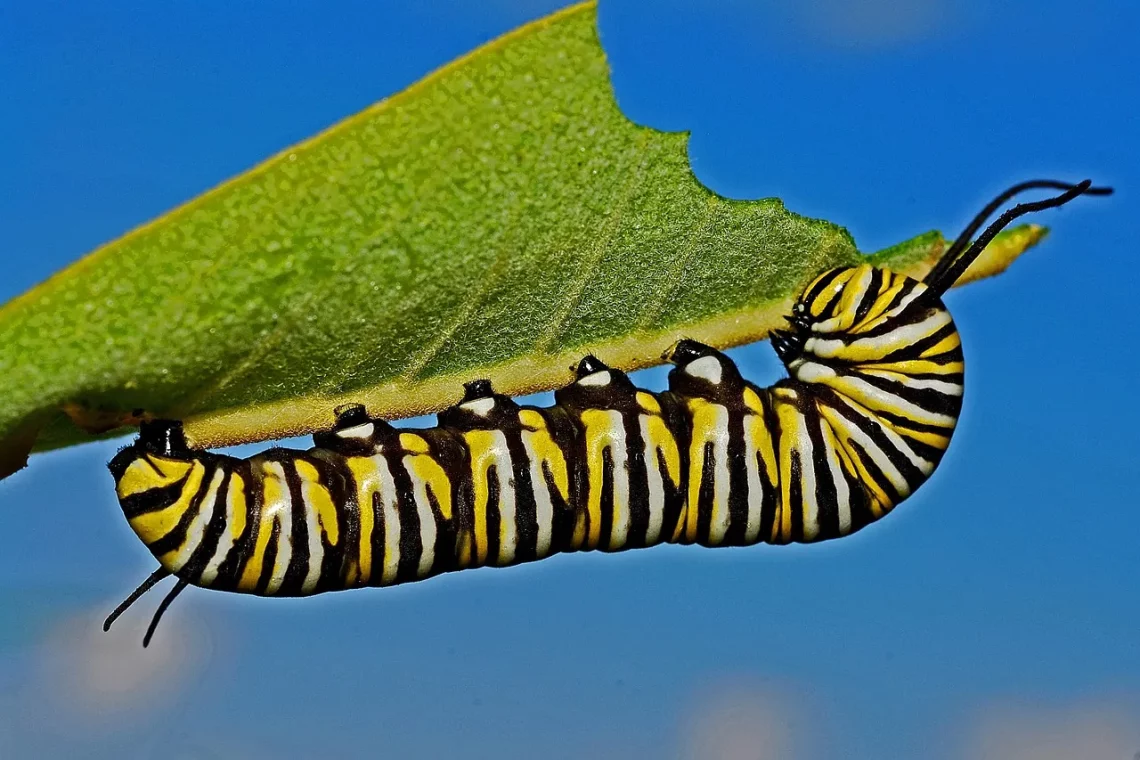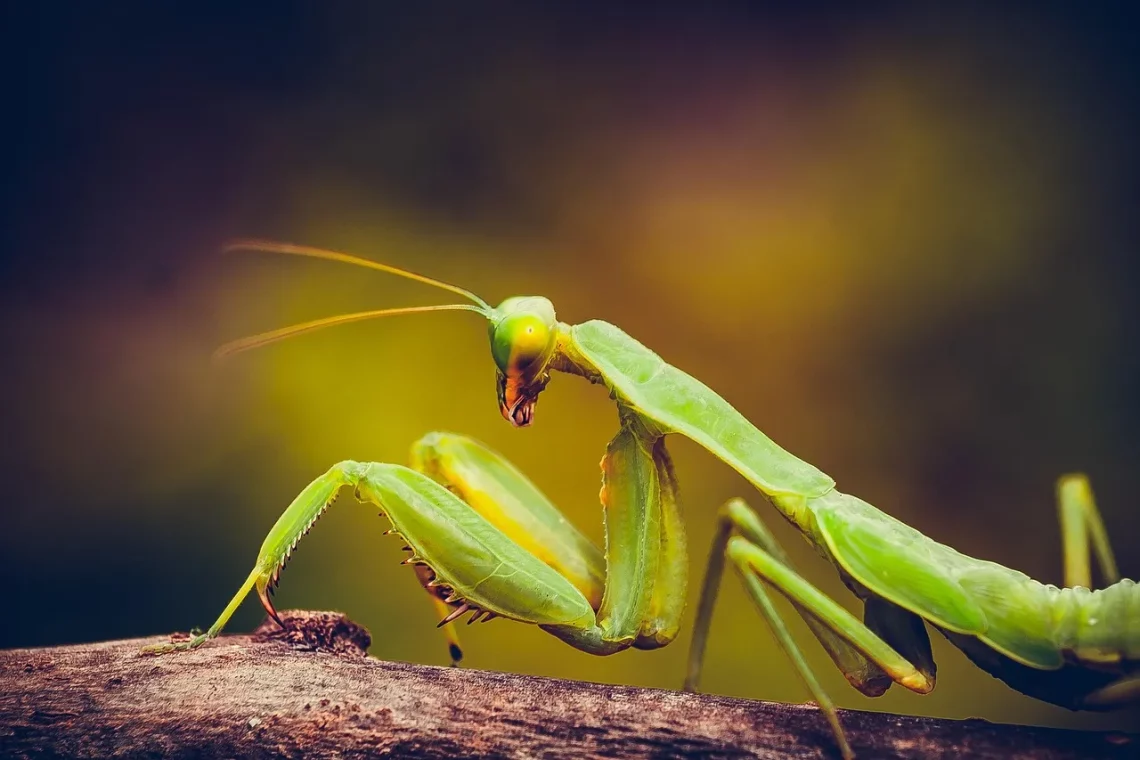-
Understanding Quail Lifespan: How Long Do Quail Live?
Quails are small, migratory birds that have captured the interest of bird enthusiasts and poultry keepers alike. Renowned for their delicate plumage and unique vocalizations, these birds are often raised for their eggs, meat, and ornamental value. Despite their small size, quails possess a fascinating life cycle, which includes various stages of development that impact their longevity. Understanding the factors that influence quail lifespan can help poultry enthusiasts and farmers provide better care for these birds, ultimately leading to healthier and more productive flocks. The lifespan of quails varies significantly depending on species, environmental factors, and care practices. While some quails may live only a few years in the wild…
-
The Fascinating Life Cycle of the Pumpkin Caterpillar Explained
The fascinating life cycle of the pumpkin caterpillar is a subject that captivates both entomologists and nature enthusiasts alike. This remarkable insect, scientifically known as the Cucullia convexipennis, is closely associated with the pumpkin plant and is a key player in the ecosystem. Understanding its life cycle not only enlightens us about this specific caterpillar but also sheds light on the broader ecological relationships that exist within our gardens and agricultural lands. From egg to adult, the pumpkin caterpillar undergoes a series of transformative stages that illustrate the complexity of nature’s design. Each phase of its life is intricately linked to environmental factors such as temperature, humidity, and the availability…
-
The Fascinating Life Cycle of the Pumpkin Caterpillar Explained
The pumpkin caterpillar, known scientifically as the *Cucullia convexipennis*, is a fascinating creature that captivates both entomologists and garden enthusiasts alike. This unique insect is often associated with the fall season, particularly due to its connection with pumpkins and other gourds. As an essential part of the ecosystem, the pumpkin caterpillar plays a significant role in the food chain, serving as both a pollinator and a food source for various birds and other predators. Its life cycle is a remarkable journey of transformation and adaptation that not only highlights the beauty of nature but also serves as a reminder of the delicate balance within ecosystems. Understanding the pumpkin caterpillar’s life…
-
How Long Can a Tick Survive Without a Host? Exploring Longevity
Ticks are small, blood-sucking arachnids that belong to the order Ixodida. They are often associated with wooded and grassy areas, where they wait patiently for a host to pass by. Their ability to latch onto various mammals, birds, and even reptiles makes them versatile parasites; however, their survival is not solely dependent on the availability of a host. The longevity of ticks without a host is a fascinating subject that intertwines their biology, environmental conditions, and life cycle. Understanding how long ticks can survive without a host not only sheds light on their ecological role but also aids in the prevention of tick-borne diseases. These pathogens can be transmitted to…
-
The Fascinating World of Mantis Egg Cases and Their Development
The world of mantises is as captivating as it is diverse, showcasing a myriad of species, each with its own unique characteristics and behaviors. Among the most intriguing aspects of these insects is their reproductive strategy, particularly the formation of egg cases. These structures, often referred to as oothecae, are not just simple protective coverings; they are complex biological creations that play a pivotal role in the life cycle of mantises. The ootheca serves as a fortress for the developing embryos, safeguarding them against environmental threats and predators. As the seasons change, these egg cases become a common sight in gardens and natural habitats, leading many to wonder about the…
-
Understanding Mantis Egg Cases: Nature’s Intriguing Survival Strategy
The natural world is filled with remarkable strategies and adaptations that ensure the survival of various species. Among these are the fascinating egg cases of the mantis, a creature that has captivated the interest of entomologists and nature enthusiasts alike. These structures, often referred to as oothecae, serve as protective capsules for the mantis eggs, showcasing the intricate relationship between organisms and their environments. The design and functionality of these egg cases not only speak to the resilience of the mantis but also highlight broader themes of survival in the animal kingdom. The mantis, often recognized for its predatory prowess and unique physique, employs these egg cases as a crucial…
